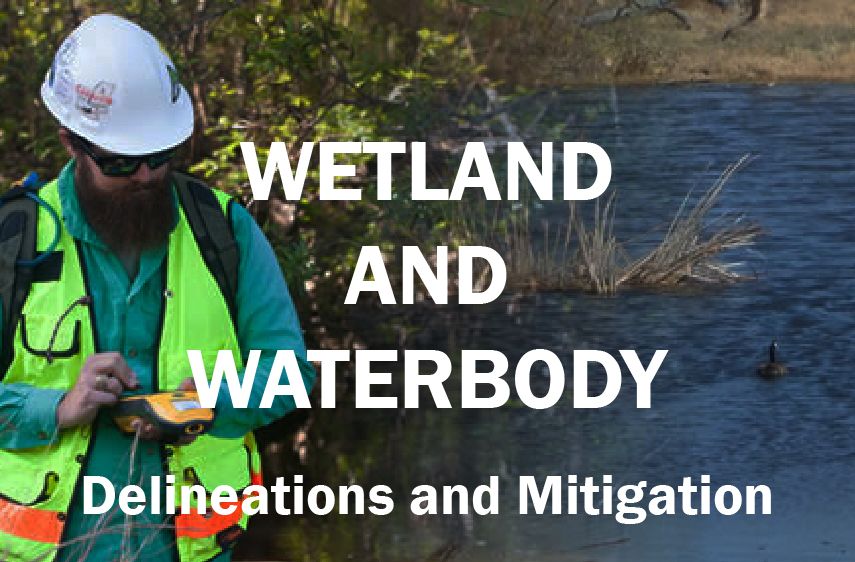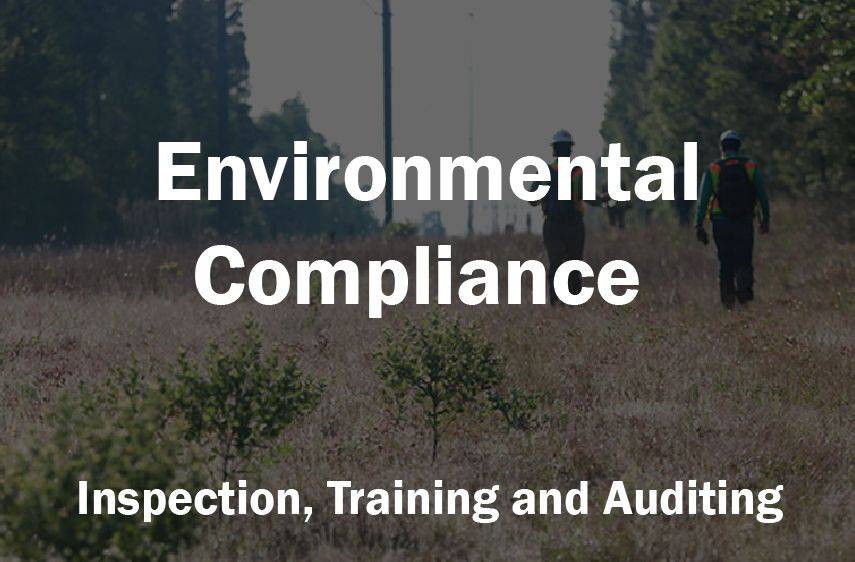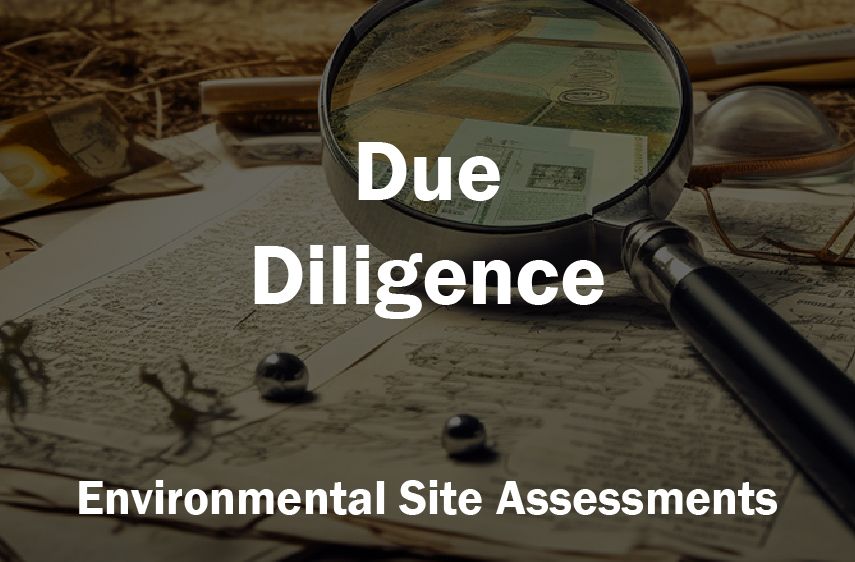Services We Provide:




Perennial’s cultural resources management team includes Principal Investigators who meet the Secretary of Interior Standards, Project Archaeologists, as well as field and technical staff with regional and local archaeological expertise to comply with federal and state standards. Our team specializes in providing expert technical assistance to ensure compliance with Section 106 of the National Historic Preservation Act (NHPA), as well as state and local Antiquities codes and guidelines in support of large and small-scale projects.


Perennial employs the latest spatial analysis software for drafting, analysis, and visualization. Using state-of-the-art Trimble Geo 7X handheld technology, our biologists and cultural resource specialists provide sub-meter mapping accuracy with reliable data. By combining years of experience with a wide variety of geospatial technologies, we can provide actionable solutions to your project’s environmental challenges and more by delivering sub-meter mapping accuracy with reliable data.


Uncontrolled algae and plant growth create costly issues for freshwater bodies—fish kills, odors, decreased aesthetics, and recreation value. Perennial provides comprehensive consulting and management services to mitigate aquatic vegetation proactively. Our science-based treatments promote ecological balance in lakes/ponds for HOAs, MUDs, communities, government, businesses, developers, land owners, golf courses, and more. Outcomes include optimizing aesthetics, function, and property value.